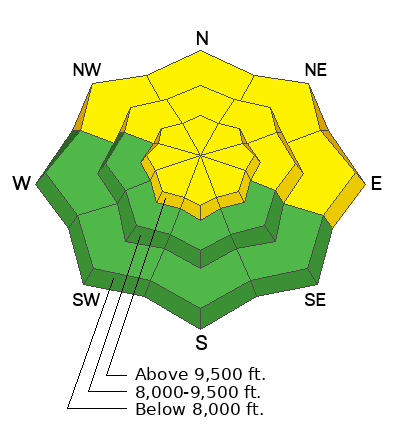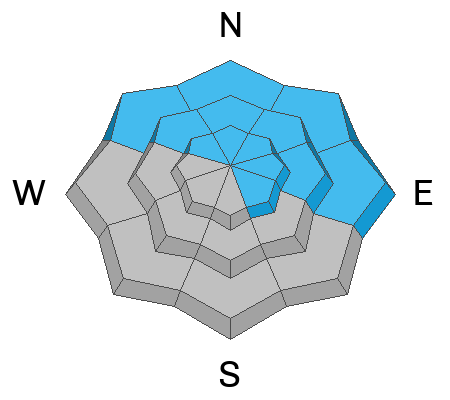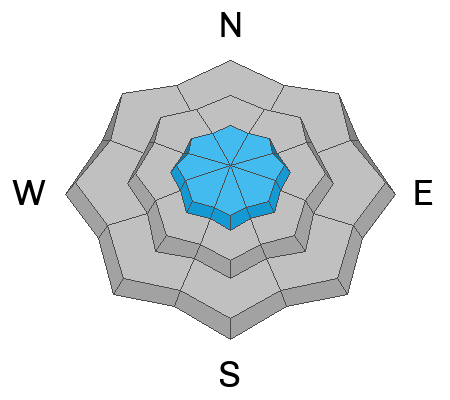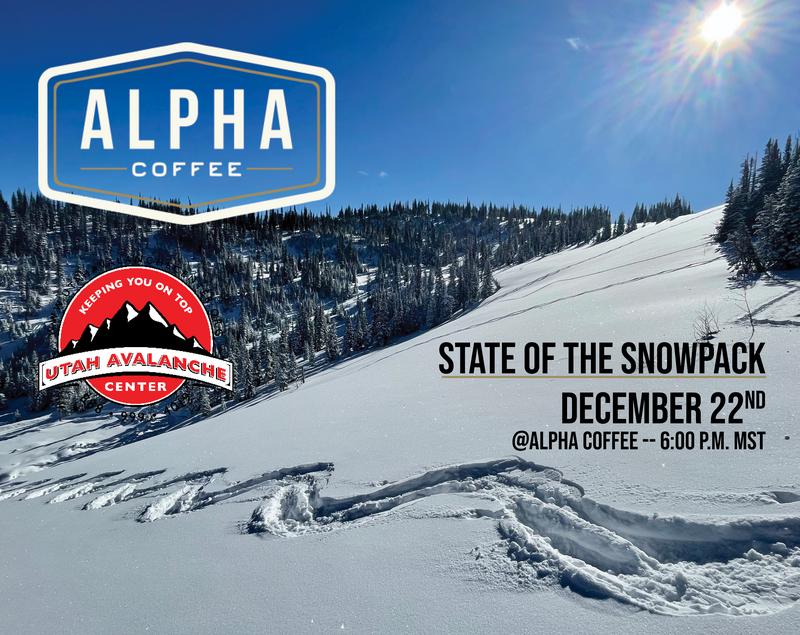Forecast for the Salt Lake Area Mountains

Issued by Dave Kelly on
Tuesday morning, December 20, 2022
Tuesday morning, December 20, 2022
The avalanche danger is MODERATE at all elevations northwest-north-northeast-east because of a persistent weak layer buried 1-4' deep. There is also a MODERATE danger on all aspects at upper elevations because increased winds have been drifting snow.
There is a LOW danger at low and mid elevation slopes facing west and southerly directions.

Low
Moderate
Considerable
High
Extreme
Learn how to read the forecast here









